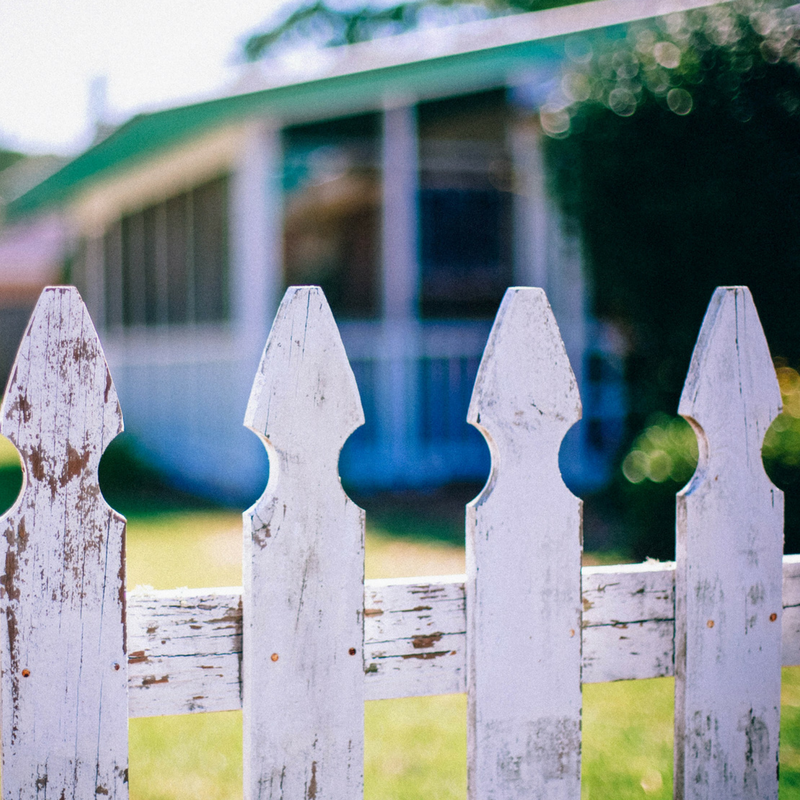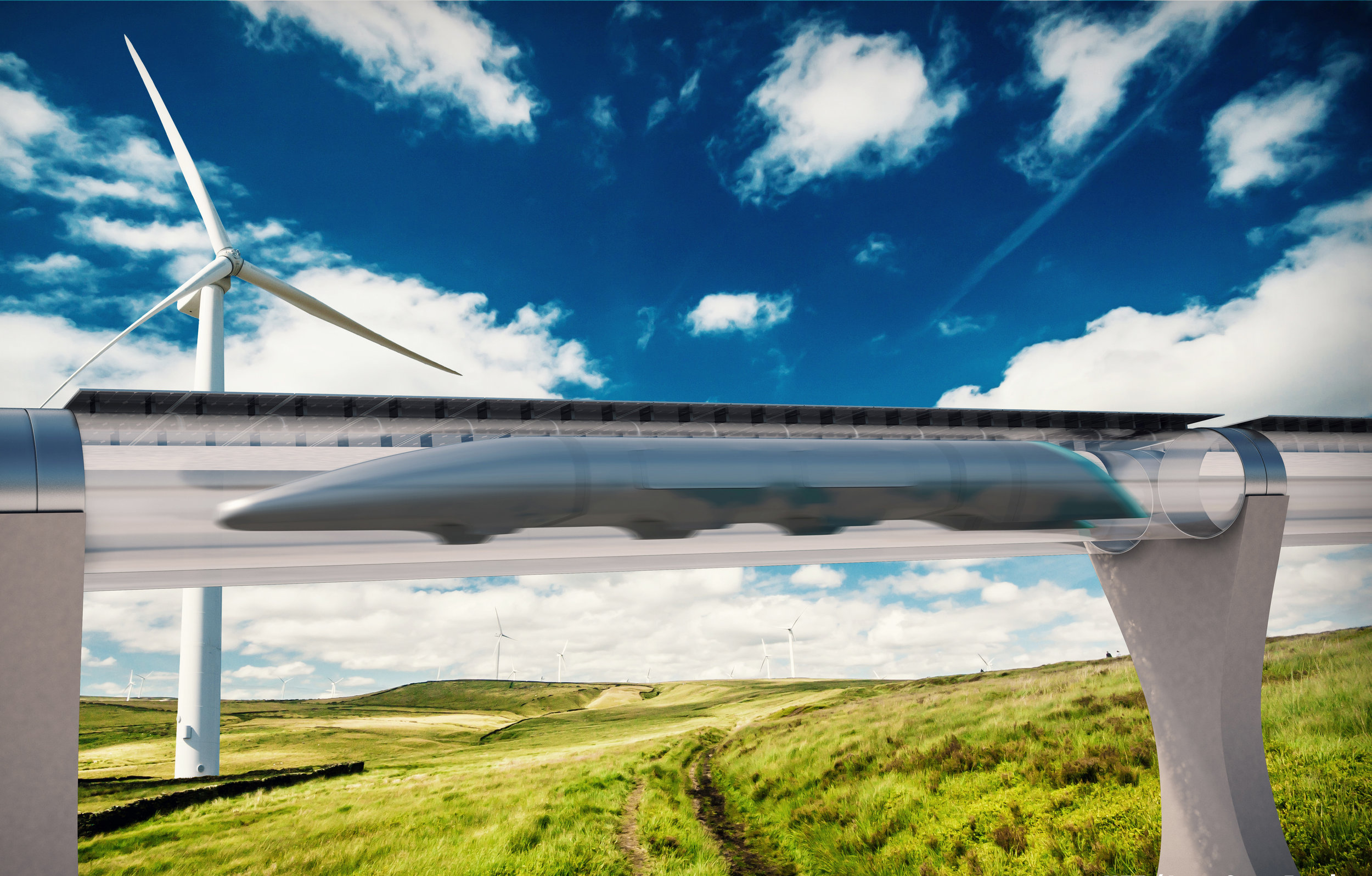Image of the World's Longest Mural (Pueblo Levee Mural) and the Historic Union Depot by local photographer Bill Belden.
Creating Sustainable Communities
At the 88 Group, we are confronting the issues facing communities today. There are many questions on the frontier of sustainability, but we are beginning to understand the ways to build and design socially sustainable communities. How do you measure social sustainability? Recently the Berkeley Group and Social Life sponsored a global discussion called #CityTalk which drew experts from around the globe to discuss the many issues that face leaders and planners today.
We have created a summary of the core ideas and values which help inform and guide us as we design and build into the future. What are the most important considerations for building a sustainable community here in Pueblo, Colorado?
The look and feel of a socially sustainable community
Their exists a universal notion that one's home equates a sense of security to its occupants and visitors. However, when you dig deeper into the conversation, you will discover that a balance is required due to a conflict between safety and openness. Most agree that that while a sense of community spirit and identity is necessary, a community should ensure that it remains open to diversity and residents from across the city landscape.
Design housing so that neighbors interact
Beyond the need to provide areas for people to interact across new and existing housing developments, some question the walls between neighbors, and the roles communities should play in designing new housing. We may need to look back into the way we lived in the past, to design the way we want to live in the future,
Can design lead to happiness?
It may be difficult to define what exactly entails happiness in the public realm, but safety, lighting, trees, access to amenities and beautiful spaces remain popular. It must also be noted that the definition of happiness varies between communities around the world. For some, quality of life and well being are the key indicators, while in less developed communities, having basic needs met through services constitutes happiness.
Transport infrastructure as a tool for more sustainable communities
While transport infrastructure is clearly important, a focus on a variety of modes rather a single mode would serve residents better. Transport routes and links should also do more than connect people to an urban center, but consider the networks that exist within communities, and help link people to destinations like libraries, museums, schools and other places of interest. Promoting high densities of housing along transport corridors is not just smart, but encourages designers to consider the social elements of mobility which can become embedded within communities.
Giving residents a voice and a stake...crowdfunding spaces
While advances in technology and social media are major drivers for change, one must not forget the more traditional platforms like town hall meetings which offer genuine engagement giving residents a sense of voice and ownership in their communities. The 88 Group is studying the impact that equity crowdfunding can have in this discussion. By utilizing this approach, citizens can be stakeholders instead of large companies and investment groups.
Examples of socially sustainable communities
Are there any examples around the world which offer promising case studies for further investigation of the successes of socially sustainable communities? A recent survey shows cities like London, Toronto and Copenhagen offer innovative examples of how the support of social entrepreneurship can be singled out as one of the defining factors which makes these communities a success. Jægersborggade in Copenhagen; a single street that is both a tight knit community and an entrepreneurial hub.
Building housing that makes everyone feel safer
As important as the aesthetics of new housing to give pride to residents, is the design of that housing such that community members become role players in overseeing spaces and instilling a sense of safety. But innovations in technology should not be ignored either as new innovations like robots may have a role to play too.
The negative impacts of community building needs a new value system
The complex topics of displacement, gentrification and renewal, which often results in communities experiencing change can be a sensitive issue to discuss. What is needed is a new set of values which prioritizes people and their livelihoods over economic gain for public entities and other institutions. This may be seen through innovative financial support schemes, performance led zoning and community involvement in placemaking.









